Common LED Lighting Problems Homeowners Face

Despite advancements in technology, users of LED lighting still face challenges. This article aims to outline and address 23 common issues, ranging from technical malfunctions to user experience concerns. We will explore aspects such as longevity, color consistency, dimming capabilities, and the complexity of smart LED systems, as well as how to troubleshoot and resolve these recurring problems.
Why are half of my LED lights not working?
Half of your LED lights are not working because of several possible factors, including a faulty power supply, wiring issues, or defective LED components. It may also be caused by overloading the circuit, incompatible dimmer switches, or poor-quality LED products. Identifying the root cause often requires inspecting the connections, testing the power source, and ensuring compatibility with your electrical setup.
Why is my LED light not working but has power?
If your LED light is not working but has power, it is due to loose connections, which can occur in the wiring or the connectors, preventing the electrical current from properly reaching the light.
Another potential issue is a faulty or incompatible LED driver, as the wrong LED driver can lead to inadequate power delivery.
Similarly, if you are using LED strip lights, a defective LED controller might be the culprit, disrupting signal transmission or power flow.
If only half of your LED lights are working, the problem might be isolated to the LED bulb itself, or there could be a fault in specific circuit paths.
Additionally, if your LED lights stopped working all of a sudden, it could be due to an internal component failure or an unexpected power surge.
Inspecting the connections, ensuring compatibility of components, and replacing any defective parts can help resolve these issues effectively.

Why did my LED lights stop working all of a sudden?
YourLED lights may stop working all of a sudden due to various reasons such as overheating, a power surge, faulty wiring, or even the expiration of the LED's lifespan.
It's also possible that the issue is with the driver, which is the component that regulates the power to the LED. Regular maintenance and ensuring a proper power supply can help prevent these sudden outages.
If your LED strip lights won't turn on, the issue might stem from damaged connections, incorrect installation, or even a burnt-out LED bulb within the strip.
Likewise, if your LED lights fail to respond to the remote, the problem could be due to dead batteries in the remote, faulty remote control signals, or interference.
When half of your LED lights stop working, it typically points to a broken circuit, damaged wiring, or defective sections within the LED light fixtures.
Additionally, if your LED light is not working but has power, it may indicate internal damage to the driver or overheating, which can cause LED light burning or flickering lights.
For LED ceiling lights not working despite having power, the issue could lie in the electrical connections or the individual light bulbs.
Regular checks and maintenance of your LED fixtures can help prevent these frustrations and prolong their lifespan.
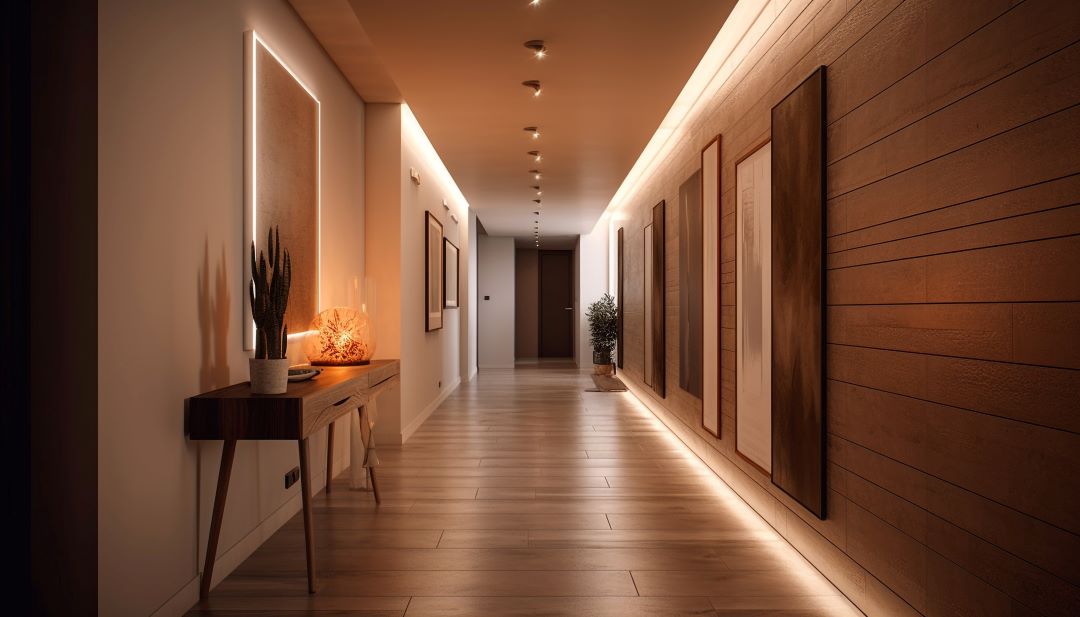
Why won't my LED strip lights turn on?
Your LED strip lights won't turn on because of faulty power supply, loose connections, problems with the LED strip itself, or it is cut improperly.
When LED strip lights stop working after being cut, it is often due to issues such as poor quality cutting tools causing damage to the circuit, or incorrect reconnection of the cut sections.
Properly designed LED strip lighting includes marked cutting points, and ensuring a clean cut along these guides is essential to avoid interrupting the electrical circuit.
Additionally, introducing a new bulb to an LED strip setup might cause compatibility issues if the bulb voltage or type doesn’t match the existing components.
Loose soldering or poor connections at the rejoining points can further exacerbate the issue. To fix LED strip lights after cutting, make sure to use connectors or solder joints correctly, ensuring stable and secure connections.
Also, verify that the power supply is compatible and sufficient to prevent incidents like LED light burning out or dimming. Regular maintenance and attention to detail can keep your LED lighting functional and vibrant even after alterations.
What are the common problems with LED lighting?
The common problems with LED lighting are namely unexpected outages, flickering, dimming issues, and color inconsistency.
Additionally, users often face challenges with power supply compatibility, heat dissipation, and premature failure, which may result from substandard components or improper installation. Let's take a closer look at these problems and how to solve them.
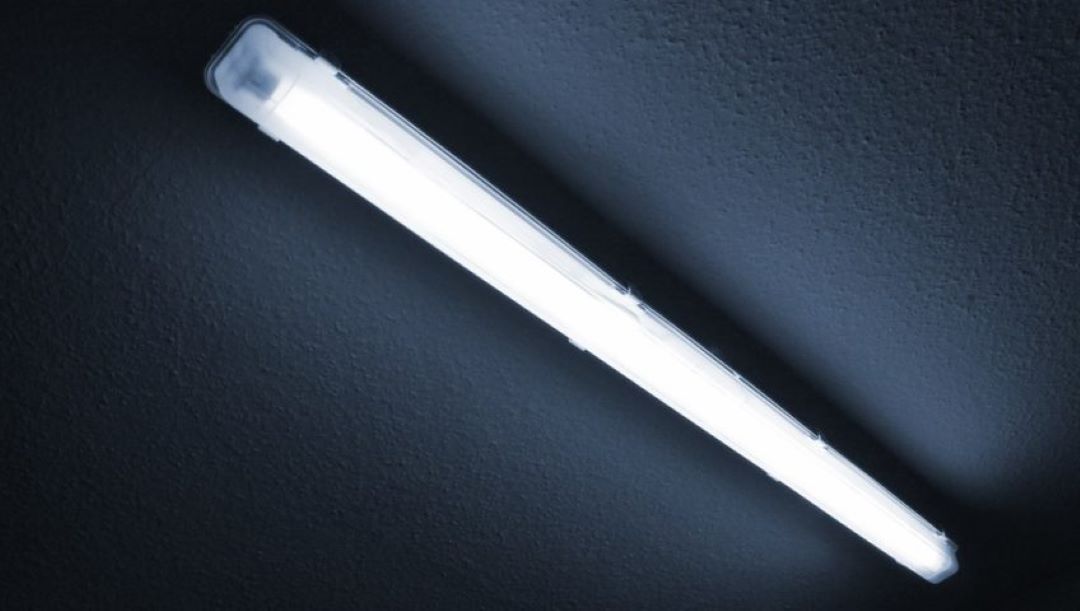
1. LED Light Flickering
The phenomenon where LED lights flicker can often be attributed to fluctuations in the power supply, inadequate dimmer switches, or incompatible electrical systems. When LED lights flicker, they display a rapid on-and-off sequence that can be both distracting and uncomfortable for occupants within a space. This issue is not only a nuisance but can also exacerbate certain health conditions like migraines or epilepsy.
To resolve this led light blinking problem/ flickering problem, ensuring that LED fixtures are supplied with a constant voltage and are compatible with the household's dimming systems is crucial.
2. Disturbingly Bright Light
Excessive bright light output from LEDs can is not just uncomfortable but may also be detrimental to eye health. Bright lights can cause glare, making it difficult to focus and potentially leading to headaches or eye strain. Adjusting the lumen output or using diffusers can help mitigate the harshness of overly bright LEDs, therefore creating a more visually comfortable environment.
To minimize glare and discomfort, consider installing a dimmer switch to control the intensity of LED lights or choose bulbs with a lower lumen output suited to the space's requirements.
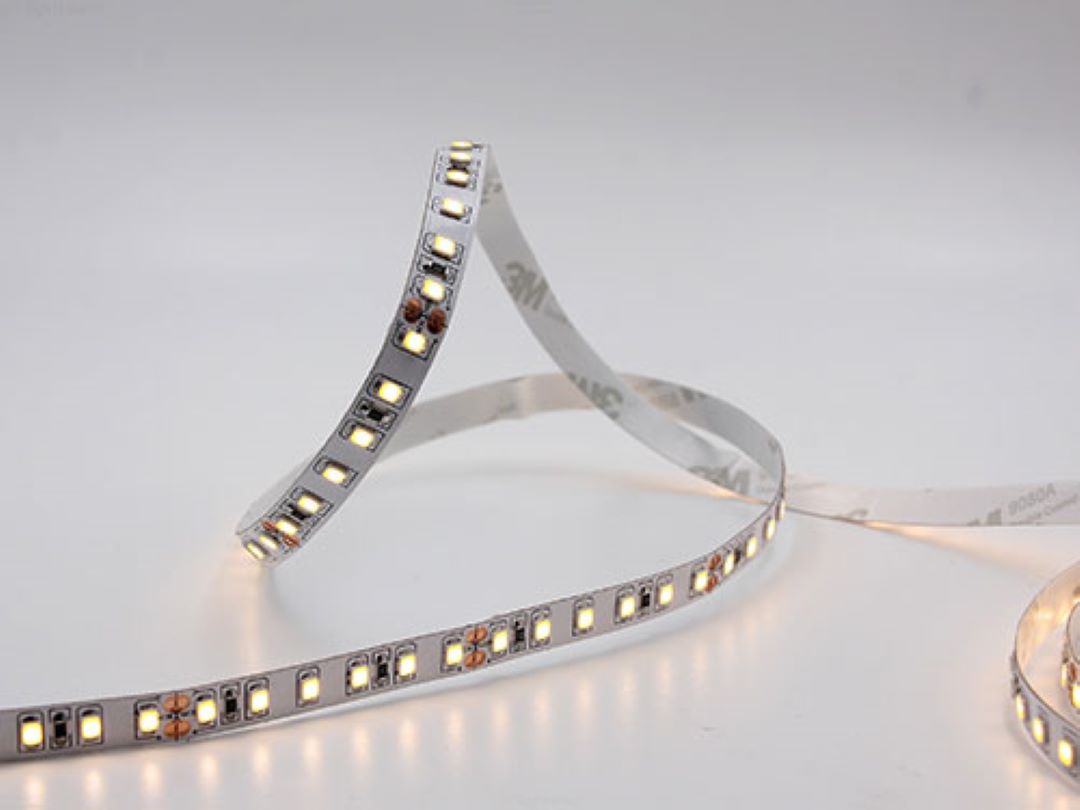
3. Overheating LED Light
One prevalent issue with LED lighting is the tendency for LED lights to overheat. Contrary to popular belief, LED lights can and do generate heat, and without proper dissipation, this can lead to what's known as LED light burning. Excessive heat may damage the internal components of the LED, shortening its lifespan and reducing its efficiency. In most cases, when LED lights overheat, it can be attributed to inadequate heat sinks or improper thermal management within the lighting system.
Ensuring good air circulation and using LEDs within their specified parameters are crucial to prevent overheating and maintain the longevity of the lights.
4. Wrong LED Color Display
The issue of having a wrong color being displayed by LED lights can be perplexing and may significantly affect the ambiance of a space. This problem often originates from incorrect color configurations or a malfunction within the LED diodes themselves. Factors such as color drift over time or inconsistencies in the manufacturing process can also lead to this discrepancy, yielding colors that do not match the expectations set by the product specifications or the preferences of the user.
Addressing this issue might require technical support to ensure the correct calibration of the light color or replacement of the affected LED units. LED lights displaying wrong colors can be fixed by adjusting color calibration or replacing faulty LED units with technical support.
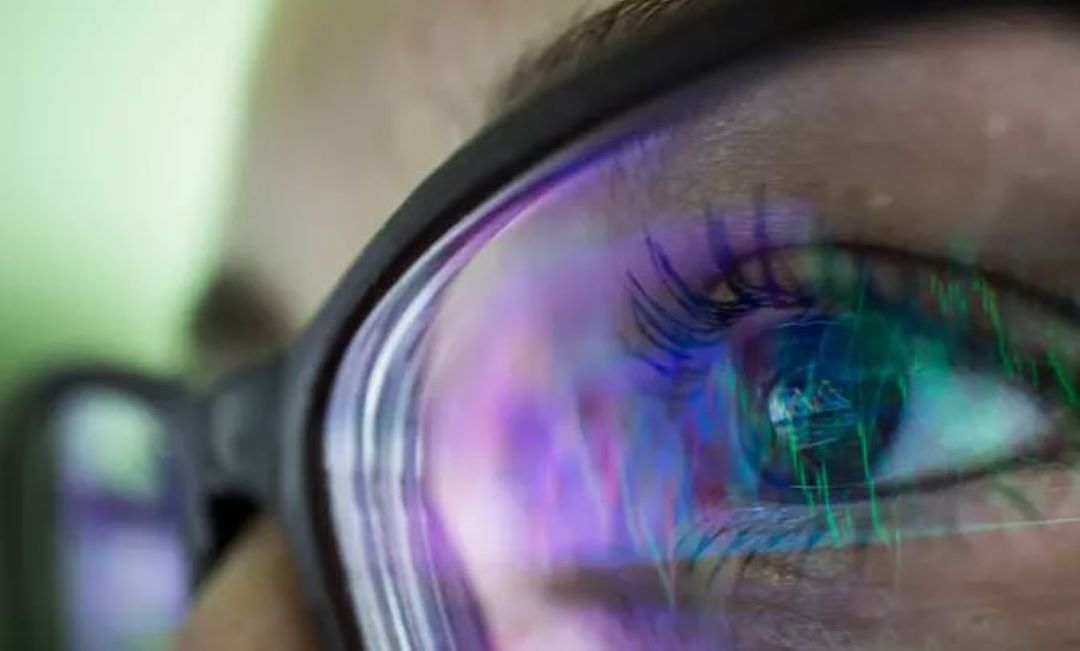
5. LED Blue Light Hazard
Prolonged exposure to blue light, emitted by many LED devices, can potentially lead to eye strain and disrupt natural sleep rhythms. This type of illumination has been linked to what is termed 'blue light pollution', an emerging concern as our environments become increasingly saturated with artificial light. While blue light in natural daylight regulates our sleep and wake cycles, the blue light from LEDs can be overstimulating, particularly after sunset.
To mitigate these issues, it is recommended to use LEDs with adjustable color temperature settings or blue light filters, especially during evening hours, to reduce blue light exposure and its potential hazards.
6. Buzzing or Humming Noise from LED Light
LED buzzing often occurs when dimmer switches are incompatible with LED light bulbs. The mismatch between the switch's electrical output and the LED's requirements can create a noticeable buzzing noise. Additionally, substandard fixtures or loose connections can also contribute to humming, as vibrations through the fixture are amplified. It's imperative to ensure proper compatibility between all components to mitigate this common issue with LED lighting.
To resolve LED buzzing noise, ensure using dimmer switches compatible with LED bulbs and check for proper fixture installation. Replacing bulbs or fixtures may also be necessary to eliminate any buzzing or humming noises.
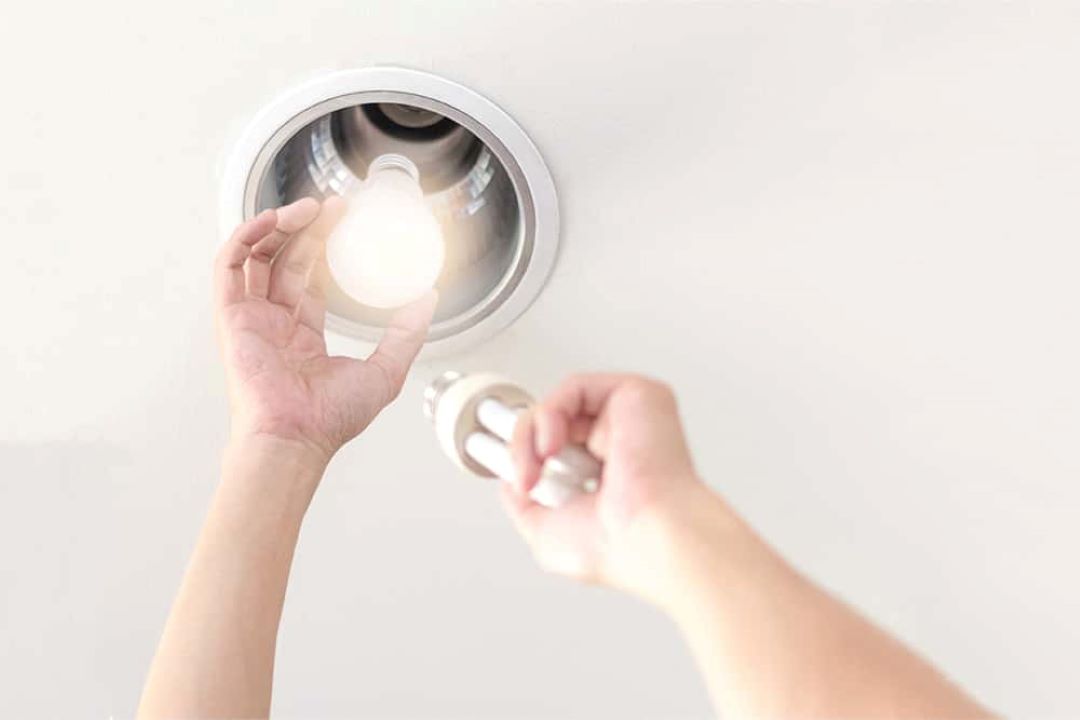
7. Incorrect installation of LED Light
Improper installation of LED lights can lead to numerous issues, not least of which is the malfunctioning of the lights themselves. A key sign of incorrect installation is an LED strip showing irregularities in illumination or failing to light up entirely. This could be due to incorrect wiring, inadequate power supply, or simply not following the manufacturer’s guidelines.
It is crucial to ensure that the installation process is carried out meticulously and in accordance with the product's specifications to avoid such problems. Most of our users do not know how to change LED bulbs in recessed ceiling light with covers. Check out our article on how to install LED ceiling lights in Singapore.
8. UV and IR emission from LED Light
While LED lights are praised for their efficiency and longevity, they are not without their issues. One concern that has grown increasingly significant is the emission of UV (ultraviolet) and IR (infrared) light. Unlike traditional light bulbs, LEDs have the potential to emit blue light at the end of the spectrum, which includes UV rays.
Long-term exposure to this blue light can contribute to blue light pollution, potentially leading to eye strain and disturbed sleep patterns. Additionally, LEDs can also emit IR radiation, although to a lesser extent compared to other sources like incandescent or fluorescent bulbs.
It's important for consumers to be aware of these emissions and opt for LED products that minimize blue light pollution and potential health risks associated with UV and IR light.
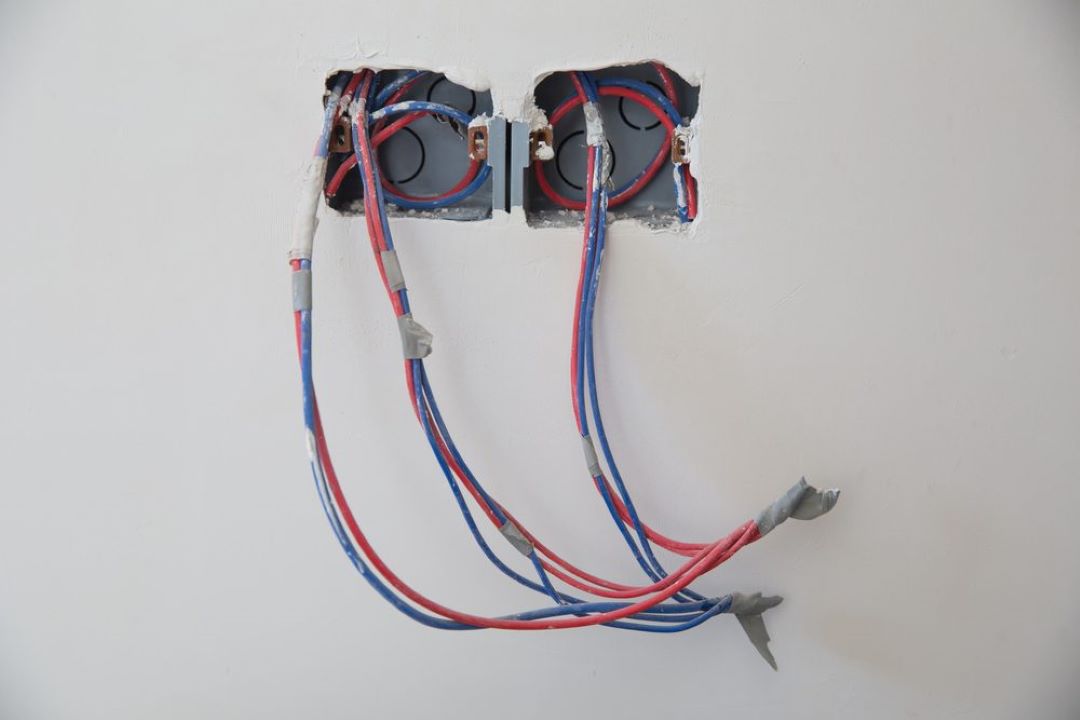
9. Poor Wiring
Poor wiring is among the common culprits leading to issues with LED lighting. It can trigger a visible flicker as the inconsistent electrical supply disrupts the light output. Furthermore, bad connections or incorrect wire gauge selection can cause fluctuations in intensity or even permanently damage the LED circuitry. It's essential to ensure that wiring is both compatible with LED requirements and professionally installed to prevent such problems.
10. Complicated LED Light Circuit
Complex LED circuits can be daunting, especially for those who are not well-versed in electrical setups. This situation often arises in systems with multiple LED chips functioning together, like those found in RGB LED strips. The intricacies of these lighting systems require careful planning and execution to ensure energy efficiency and color accuracy.
If the circuit isn’t designed or installed properly, it can lead to complications and malfunctions, detracting from the user experience. Proper understanding and management of the circuitry are crucial, particularly for the technically intricate LED strips, where the blending of red, green, and blue hues should result in a seamless lighting display.
Dealing with complex LED circuits can be challenging, especially for those unfamiliar with electrical setups. To address this, consider seeking guidance from experts or online resources to understand the intricacies of multiple LED chips, such as those in RGB LED strips. Proper planning and precise installation are crucial for energy efficiency and color accuracy.
If you encounter difficulties, don't hesitate to consult with professionals or refer to detailed guides to ensure a well-functioning lighting system. By learning and implementing best practices, you can avoid complications and achieve a seamless LED display experience.

11. Loose Wire Connections
Loose wire connections are a prevalent issue in LED lighting systems, particularly seen with products like LED strips showing signs of intermittent functioning or complete failure. These unsecure connections not only disrupt the flow of electricity but can also be a potential fire hazard or a risk for electrical shock.
Ensuring that all wires are tightly connected and properly insulated is crucial to maintain the integrity of your LED installation, extend its lifespan, and most importantly, prevent electrical shock and other safety incidents. Regular checks and professional inspections can help in identifying and rectifying this problem before it leads to more significant concerns.
To prevent loose wire issues in LED lighting systems, regularly check and tighten all connections for safety and optimal performance.
12. Wrong LED Beam Angle
Choosing the correct LED beam angle is crucial for optimal illumination. The beam angle determines the spread of light from the LED source, directly impacting the light's reach and intensity on the target area.
A wrong beam angle can lead to ineffective lighting by either concentrating the light beam too narrowly, causing intense glare, or dispersing it too widely, resulting in insufficient illumination. In scenarios such as accent lighting or task lighting, where precision is key, selecting the proper beam angle is essential to achieving the desired lighting effect.
Choosing the right LED beam angle is crucial. For optimal lighting, match the beam angle to your specific lighting needs.

13. Early failure of LED Light
Early failure of LED lights, contrary to their acclaimed long lifespan, can be a puzzling issue for many users. Oftentimes, this premature burnout is the result of purchasing low quality LED units where the manufacturer has cut corners to reduce costs.
These substandard products may initially emit bright lights and appear to function well, including flexible options like LED strips. However, without the robust manufacturing standards expected from higher quality LEDs, they are prone to early deterioration and failure. To mitigate this, investing in reputable brands and checking warranty terms is advised, ensuring longevity and reliability in your LED lighting solutions.
To counteract the issues associated with poor quality, opt for LED technology that adheres to industry certifications, as these products are rigorously tested for performance and durability.

14. Excessively Dim LED Lights
Excessively dim LED lights are a common issue in LED lighting that can greatly affect a space's ambiance and functionality. While LED lamps are known for their energy efficiency and durability, they are not exempt from problems.
Using non-dimmable LED bulbs on circuits with pulse width modulation (PWM) dimmers often leads to reduced performance, as these bulbs are not tailored for variable power supplies and may appear unusually dim. Furthermore, low-quality LEDs might lack brightness due to inferior craftsmanship or materials. Regular performance evaluations are recommended to ensure LED lights maintain optimal brightness and efficiency.
To tackle excessively dimming LED lights problems, ensure the use of dimmable LED bulbs with compatible PWM dimmer switches and opt for high-quality LEDs from reputable manufacturers to ensure proper brightness levels and longevity.
15. Using LED Light in Incandescent Light
Switching from incandescent bulbs to high-quality LED lights often includes the misconception that LEDs can simply be placed into traditional light fixtures designed for incandescent bulbs. This mismatch can lead to inefficiencies and potential hazards.
Incandescent light fixtures are not always compatible with the thermal and electrical requirements of LED technology. This can result in increased energy usage, less light output, or premature failure of the LED bulb. Always ensure that LED light fixtures are used when installing LED lights to maintain functionality and safety.
To prevent these issues, it's crucial to invest in LED-specific fixtures or to check compatibility before installing LED bulbs in existing incandescent fixtures.

16. Low Color Rendering Index
The Color Rendering Index (CRI) is a measure of how accurately a light source, such as an LED bulb, reveals the true colors of objects compared to a natural light reference. LED lights with a low CRI can distort the colors within a space, making them appear washed out or different from their appearance under sunlight or high-CRI light sources.
This is often a symptom of an LED light that has a substandard power supply or uses lower quality components. When selecting LED lights, it's crucial to consider their CRI ratings to ensure the light source will render colors faithfully and enhance the environment's visual appeal.
To mitigate the issue of low Color Rendering Index in LED lights and other light sources like recessed lights, LED strip lighting, and fluorescent lights, opt for bulbs with a CRI rating of 80 or above. This ensures a more accurate and vibrant color representation in your lighting space.
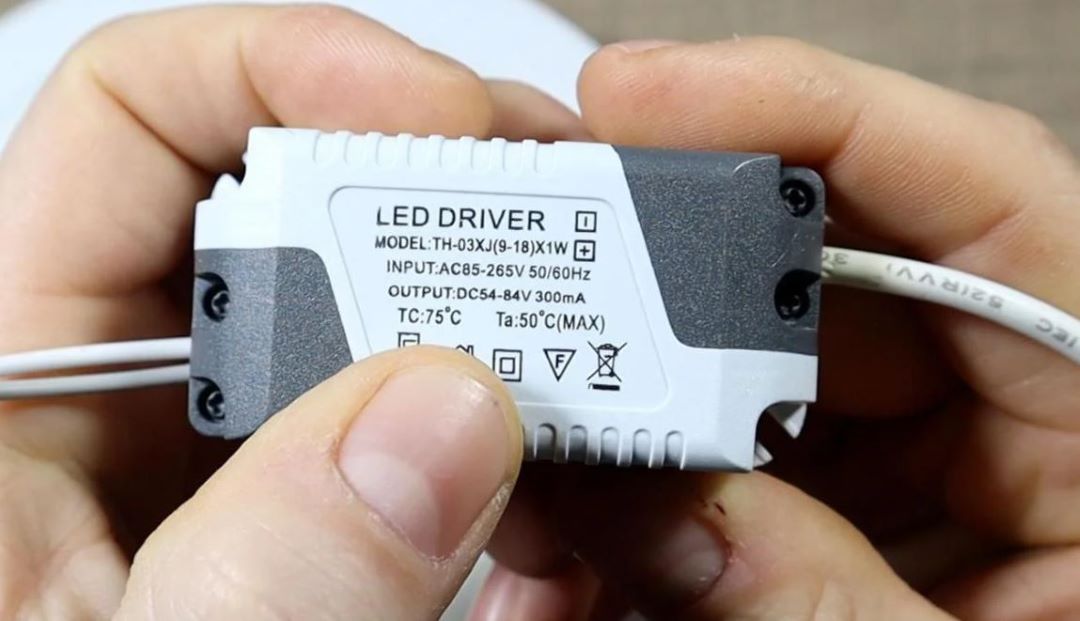
17. Incorrect usage of LED driver
The LED driver is a crucial component that regulates the power supply to an LED light, ensuring it operates under suitable electrical conditions. However, problems can arise when the wrong LED driver is used—one that is incompatible with the specific needs of an LED light or LED strip.
This mismatch can lead to insufficient or excessive power delivery, resulting in suboptimal performance or premature failure of the LED. It’s imperative to match the LED driver accurately to the LED's specifications to ensure longevity and proper function of the lighting system.
To prevent compatibility issues with LED drivers, it is essential to use a driver with the correct voltage and current rating as specified by the LED's manufacturer, thereby safeguarding against performance issues and extending the lifespan of the LED lighting fixture. This practice is crucial in the lighting industry to ensure optimal performance and longevity of LED systems.
18. Faulty LED Driver
A faulty LED driver, the dedicated power supply or LED controller, is a common yet critical issue that can significantly impair the functioning of LED lighting. It translates the incoming power to the correct voltage and current to power up the LEDs. When compromised, perhaps due to poor soldering technique, it can lead to intermittent or total failure of the lighting system.
Other symptoms of a failing driver include flickering or dimming lights. Loose connections within the driver can exacerbate these problems, making it crucial to ensure that all connections are secure and the driver itself is of high quality to maintain the reliability and efficiency of LED lighting systems.
To rectify a faulty LED driver, it is imperative to inspect the soldering for quality control and replace the component with a high-grade, compatible driver, ensuring all connections are secure and correctly installed for optimal light performance.
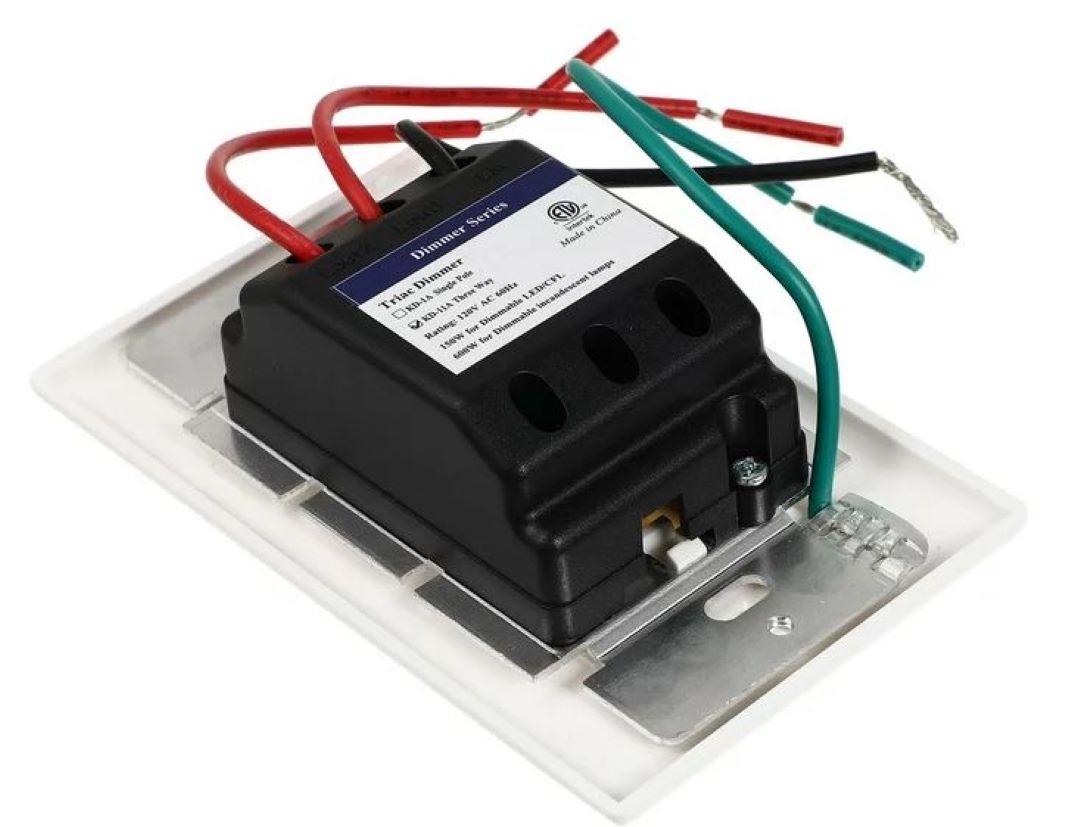
19. Incorrect LED Dimmer Settings
Improper dimmer setup is a common issue that can lead to suboptimal performance of dimmable LED bulbs. When paired with an incompatible dimmer switch, LEDs may not function as intended, resulting in flickering or uneven lighting. The root cause often traces back to using a poor quality dimmer switch not designed for LED technology.
To ensure a smooth and adjustable lighting experience, it's crucial to use a dimmer switch that is compatible with the specific LED bulbs in use and to follow the correct installation protocol to avoid any issues stemming from improper dimmer setup.
To resolve issues with incorrect LED dimmer settings, ensure the selection of a high-quality, LED-compatible dimmer switch and strictly adhere to the manufacturer’s installation guide for both the switch and the LED bulbs.
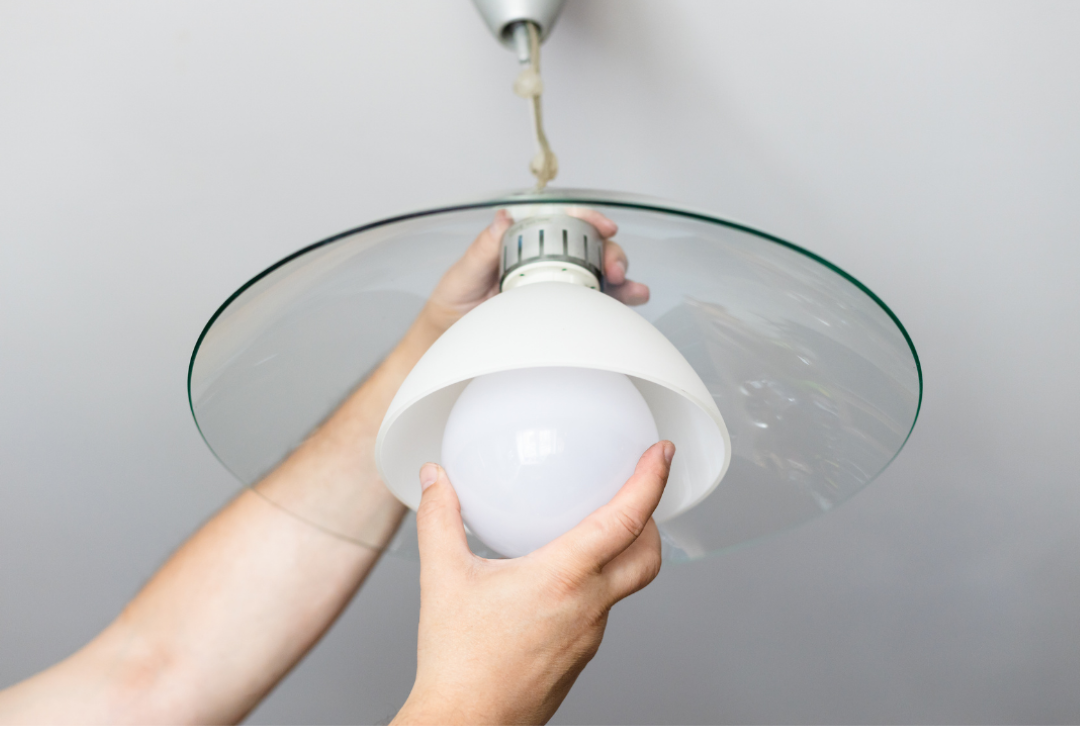
20. Loose Bulbs in LED Lights
Loose bulbs in LED lights can be a frustrating issue that impacts the stability and functionality of the lighting system. Often, this problem can be traced back to low quality LED bulbs that may not fit securely into the socket or could be the result of wear and tear over time.
It's imperative for consumers and installers to ensure that LED bulbs are tightly screwed in so that the electrical connection remains stable. A loose LED bulb may flicker, function intermittently, or fail to light up at all, reducing the efficiency and reliability of LED lights. Regular maintenance checks are recommended to prevent this common problem and prolong the lifespan of your LED lights.
To address the issue of loose bulbs, it is crucial to purchase high-quality LED bulbs and verify their compatibility with the socket, ensuring a proper fit that will prevent flickering and ensure consistent lighting performance.
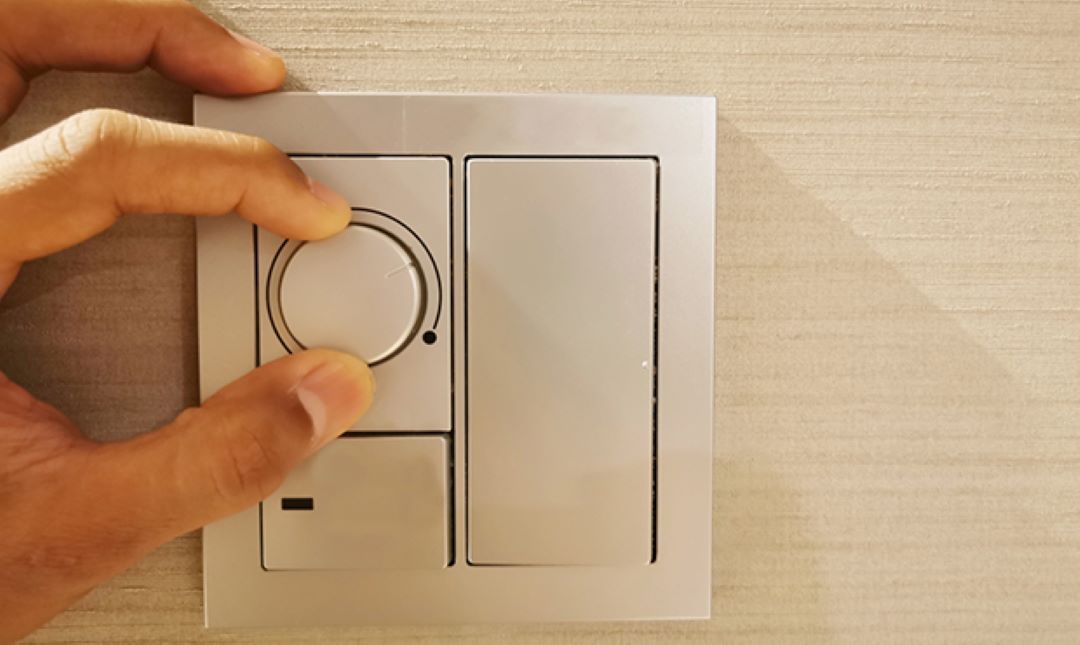
21. LED dimming does not work
LED dimming issues often arise due to the use of incompatible dimmer switches, which are not geared to handle the electrical characteristics of dimmable LED lights. Many users experience frustration when their LED lights fail to dim, neglecting the fact that not all LED lights are designed with dimming capabilities, and those that are require a compatible, high-quality dimmer switch.
Furthermore, poor quality dimmer switches can lead to irregular dimming performance, reducing the efficiency and longevity of the LED lighting system. It is essential to ensure that the dimmer switch and the LED lights are compatible to avoid such issues. To resolve LED dimming issues, ensure the use of LED-compatible dimmer switches that match the specific dimming requirements of your LED lights.
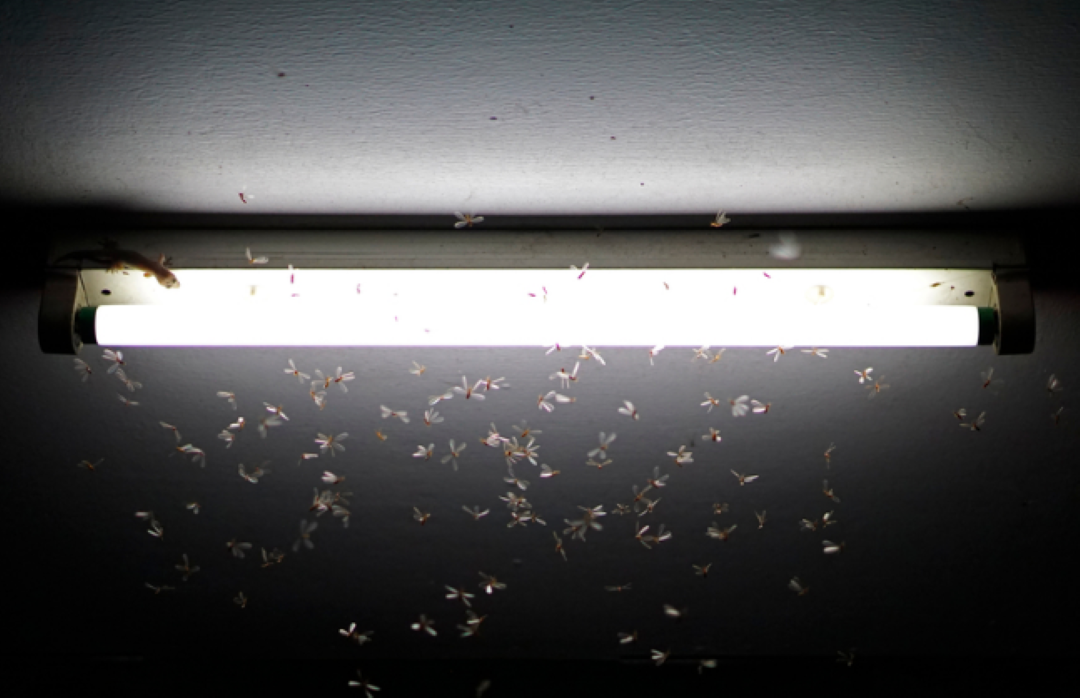
22. LED Light Attracting Bugs
One common issue with LED lighting is its tendency to attract bugs. Although LEDs are known for their energy efficiency and long life span, many users do not realize that insects are drawn to the light output of these devices. Unlike traditional incandescent bulbs, LED lights emit little to no heat, leading some to assume they would be less attractive to bugs.
However, the intensity and spectrum of light, particularly those that mimic natural light, can be irresistible to nocturnal insects. Users seeking to minimize this effect should consider using LED lights with a warmer color spectrum and reducing the brightness, as high-intensity light tends to lure more insects.
To effectively combat the problem of LED lights attracting bugs, opt for LEDs with a lower color temperature and ensure outdoor lights are not brighter than necessary for the area they are intended to illuminate.
23. Color inconsistency of LED Lights
Color inconsistency in LED lights can be a frustrating issue as it affects the ambiance and aesthetic consistency that a LED light fixture is supposed to provide. This problem often arises when different batches of LEDs are used within the same space or when LED lights begin to age and their color output varies.
Additionally, variations in color temperature or disparities in the manufacturing process can lead to noticeable differences. For those who rely on precise color rendering for tasks or interior design, this inconsistency can impact performance and overall satisfaction with the LED light fixture.
To mitigate color inconsistency, purchasing all LED lights from the same production batch and choosing high-quality products with strict manufacturing standards can ensure better uniformity in color temperature and light quality over time.
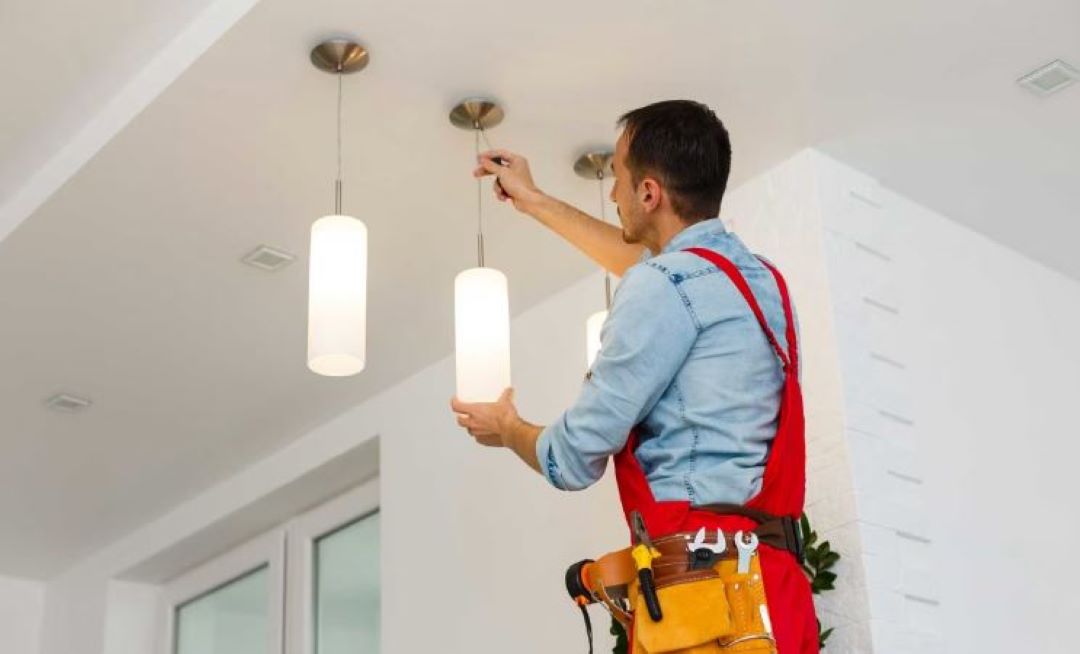
What is the problem with LED lighting?
The problem with LED lighting is namely the occurrence of LED light flickering, which can be perturbing and harmful to the eyes. Flickering LEDs can be due to various factors including poor connection, faulty drivers, or incompatible dimmer switches.
The flicker frequency plays a crucial role in whether the flicker is visible and can cause headaches or eye strain for sensitive individuals. It's essential to resolve this issue to ensure comfort and maintain the advantages of LED lighting.
Why do LED Lights fail so often?
LED lights fail so often because they are sensitive components of a larger LED lighting system. Issues can arise from various factors such as the quality of the LED fixture, the compatibility and longevity of LED drivers, fluctuations within the electrical system, and the consistency of energy supplied to the lights.
Each of these elements needs to be carefully optimized and maintained to ensure the LED lights perform as expected.

How long do LED Lights last?
LED lights' lifespan significantly surpasses traditional lighting systems like light bulbs, thanks to LED technology advancements. With an average lifespan of 25,000 to 50,000 hours, users may face issues like flickering lights or premature failure, impacting longevity. Understanding these common LED's lifespan problems aids in identifying and fixing faults, maximizing LED lights' benefits in homes and workplaces.
Can you repair LED Lights?
Yes, LED lights can be repaired, though the complexity and cost-effectiveness of repairs vary. Some common issues, like loose wire connections or faulty drivers, can be straightforward fixes that involve simple replacement parts.
Nevertheless, intricate LED circuitry problems or issues related to the LED chips themselves might not be as easily remedied. It is essential to assess the problem accurately and consider warranty or product support options before attempting any repairs. For non-repairable cases, recycling or replacing the LED fixtures might be the most viable solution.
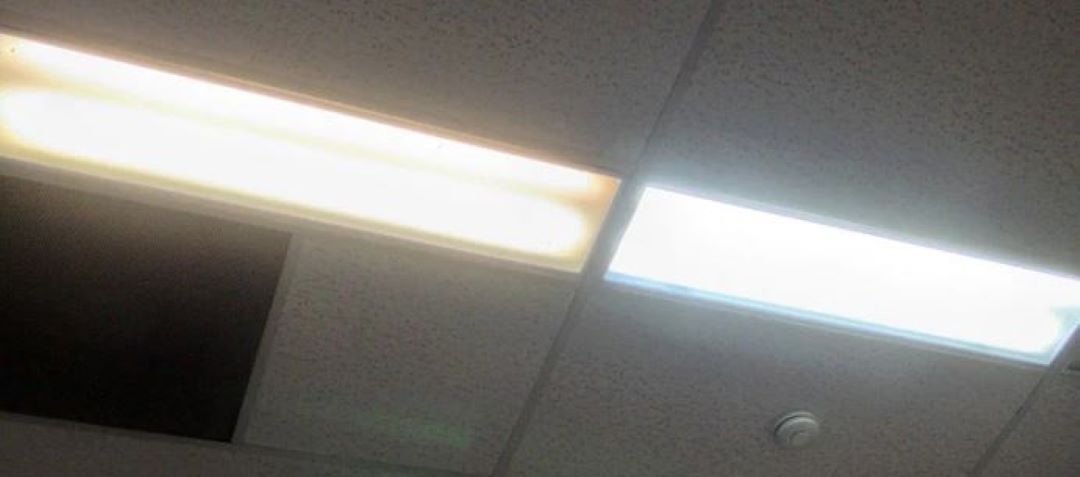
What is the common problem with LED lights?
The common problem with LED lights is flickering. Flickering LED lights can be caused by a variety of factors, including issues within the LED fixture itself, such as loose connections or incompatible dimmer switches.
Often mistaken for a defect in the light bulbs, flickering is frequently due to fluctuating voltage or power supply inconsistencies. Understanding the root cause of LED light flickering can help diagnose and resolve the issue effectively, ensuring that the lighting system functions smoothly without interruptions.
What are the common LED failures?
The common LED failures include flickering LEDs, which can occur due to issues such as loose connections or faulty drivers affecting the flicker frequency.
This can be disruptive and diminish the light's efficiency. Another issue is buzzing noise or LED buzzing, often attributed to incompatible dimmer switches or fixture designs.
In LED strips, problems can arise if there are wrong beam angles, affecting the light beam's coverage and intensity. To understand the correct amount of Watts required for LED lights, read our HDB home lighting guide Singapore here.
Additionally, overheating LED lights can lead to premature failure and reduced lifespan. These issues highlight the importance of proper installation and maintenance to ensure optimal LED performance and longevity.
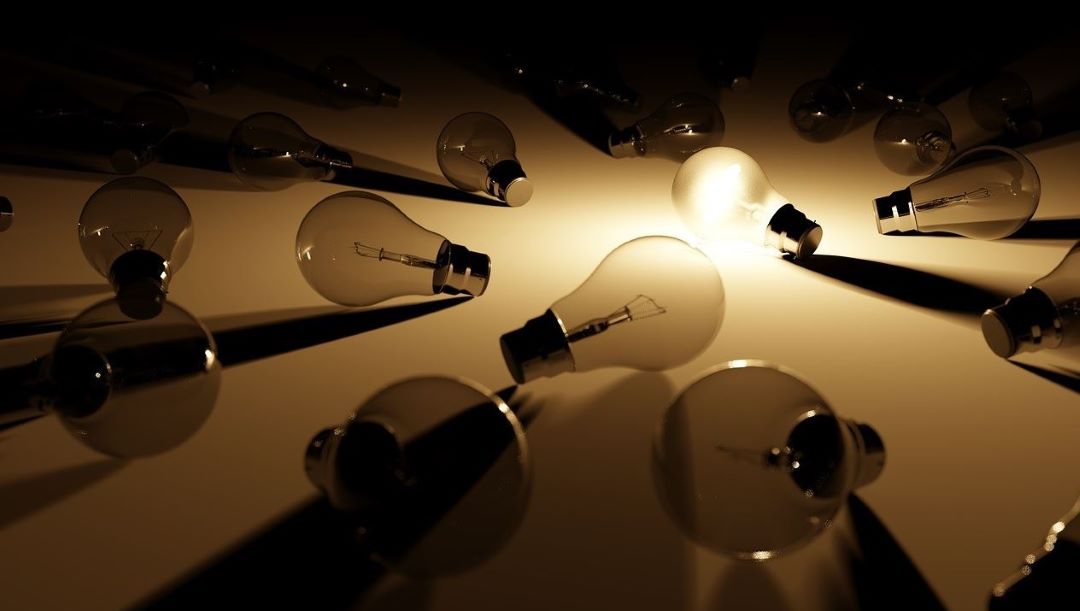
What is the future of LED lighting?
The future of LED lighting is increasingly geared towards being more human-controlled or human-centric, enabling people to create the most effective lighting environment tailored to their needs.
Through advancements in LED controllers and smart technology, users will have the ability to adjust the lighting system's electrical system with precision, from altering the beam angle to emulating the warm glow of traditional fluorescent bulbs.
Modern LED fixtures will integrate with smart home technology, allowing homeowners to easily control and monitor their lighting systems through apps or voice commands, aligning light settings with activities like relaxation or concentration.
This evolution in lighting solutions promises an enhanced quality of life, providing personalized lighting experiences that were unimaginable with previous technologies.
Because LED lights have a long lifespan, you can save a lot of money just by using them. To understand better, we highly recommend our users to read our guide on how much do LED lights save per month.
What is the failure rate of LEDs?
The failure rate of LEDs is generally estimated to be around three percent, although it can rise to as high as 10 percent depending on the specific product application.
Various surveys have indicated that the failure rate can sometimes reach 20 percent or higher, implying that every two out of ten LED lamps may encounter issues.
These failures are often related to the electrical system, which can lead to problems such as visible flicker. Thus, when deploying LED technology in homes or workplaces, it's crucial to consider these factors to ensure optimal performance and greater longevity of the LED lamps.